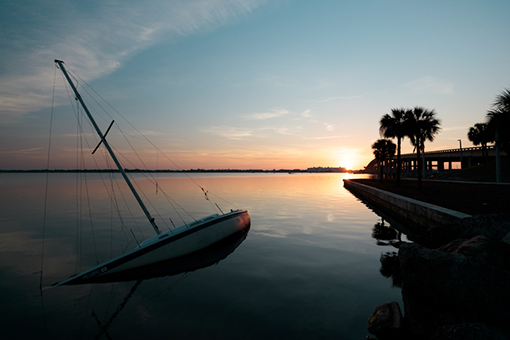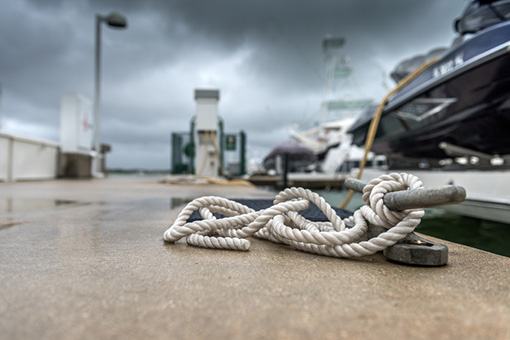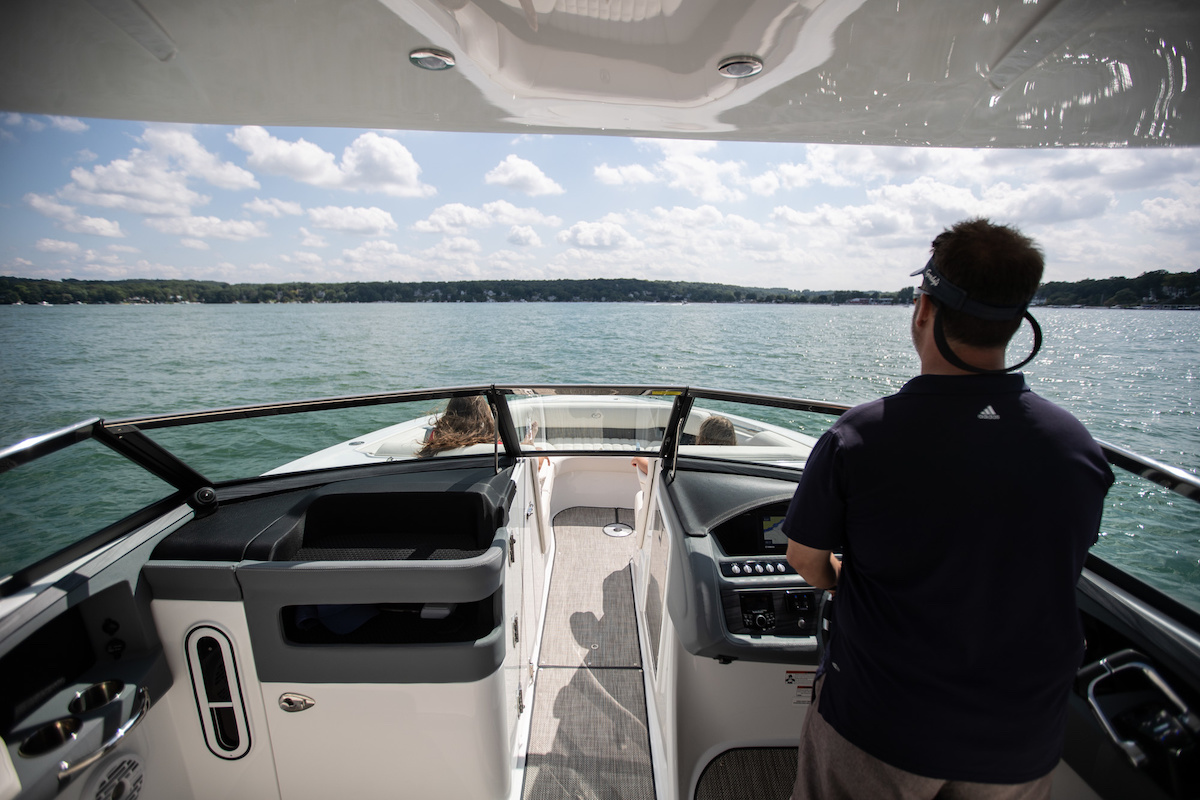If you didn’t already know, capsizing refers to the overturning of our boat in the water. And unfortunately, it’s one of the leading causes of boating injuries and fatalities.
There are many reasons why your sailboat might capsize. Overloading, improper anchoring, unsafe boat handling, and inclement weather, to name a few. But is it possible to prevent it from happening? And if it does, can you recover a capsized sailboat?
Keep reading to learn how to recover a capsized sailboat, prevention tips, and disaster instructions.
What to Do If Your Boat is Capsizing
Capsizing is an incredibly dangerous (and equally frightening) experience. When it’s happening, it’s hard to think clearly. However, you can follow these steps to ensure the safety of yourself and your crew:
1. Wear Lifejackets
Every passenger needs to have access to a lifejacket or PDF. Before the boat fully overturns, try to distribute improvised floatation gear (like seat cushions).
2. Account for Your Passengers
Once in the water, visually and/or verbally account for all your passengers. Check for physical injuries, and make sure everyone has the proper safety equipment.
3. Find Help
The next step is to look for help. If there are boats nearby, try flagging them down. If not, you might be tempted to swim to shore.
If you’re further than 50 meters away, we strongly advise you to resist the urge. In those circumstances, you are safest staying with the boat. Try righting it, or you could climb onto the overturned hull to conserve energy (and escape the cold water).
4. Recover the Capsized Sailboat
Use the traditional or scoop method to right your capsized sailboat if you’re able. Unsure how to do that? Don’t worry; we have detailed instructions down below.
5. Use a Distress Signal if Necessary
If you are struggling to find help, you can use a distress signal. Most boats are equipped with distress flares, lights, and/or flags.
How to Recover a Capsized Sailboat
Once the boat has flipped, most sailors will attempt a sailing capsize recovery. While there are several different ways you could go about this, here are our top recommendations:
The Traditional Method
Hence the name; this method is the most common way to recover a capsized boat. Begin by positioning the boat, so the mast is downwind (meaning the bow is pointed into the wind). Then, have one crewman stand on the centerboard (ideally, this crewman should be the heaviest of the bunch).
Next, they should use their leverage to work the boat back upright. If the boat is in a turtled position, the masthead is fully submerged beneath the water. It might take multiple crew members to right the boat.
The Scoop Method
The scoop method is another terrific option that can be used when multiple people are on board. It involves the lighter crew member swimming to the boat’s leeward side, lying in the bilge, and hugging one of the cockpit’s fixtures. Then, the heavier boater will stand up on the part of the centerboard nearest to the hull.
As the heavier boater stands, the boat will be pulled upright. The lighter boater will be scooped aboard, and their weight will prevent the boat from re-capsizing.
Note: To properly perform the scoop method, release the mainsheet and jib sheets. This allows the mainsail to wave loosely once the boat is righted.
The Walkover Method
The walkover method is slightly different from the rest, as it is performed while the sailboat is actively capsizing. It requires the boaters to walk/climb over the opposite side of the boat toward the centerboard. The hope is that their redistribution of weight will prevent the capsize from continuing once it’s begun.
Read Next: How Sails Work - Sailing in Different Wind Conditions
How to Prevent Your Boat from Capsizing
Overloading your boat is one of the leading causes of capsizing. Therefore, capsize prevention can be as simple as respecting your boat’s weight limit and evenly distributing the weight. Overloaded or imbalanced boats sit lower in the water. Therefore, this puts them at greater risk of being overtaken by rough water or wakes. You should also avoid boating in bad weather whenever possible. While many boaters believe they’re untouchable, a sudden squall can tip even large boats. For this reason, you should be extra cautious if caught in an unexpected storm. Turn your boat at controlled speeds and steer the bow directly into any oncoming waves.
Final Thoughts
We hope this article provides insight into how to recover a capsized sailboat. If you’re interested in more boating safety articles and how-to guides, check out our resources page.


